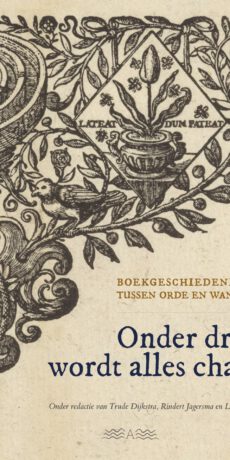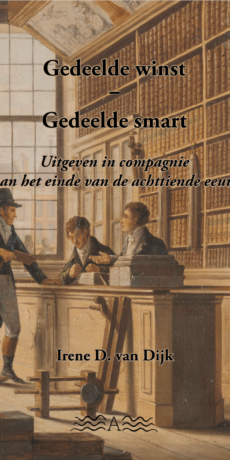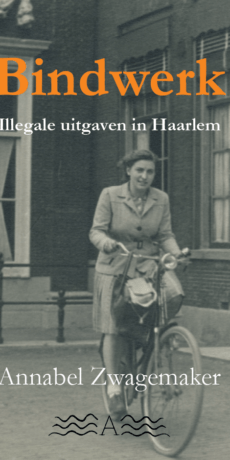Beschrijving
The world, Bertrand Russell wrote in 1935, has changed more ‘in the last one hundred and fifty years than in the previous four thousand’. The nineteenth and early twentieth centuries brought an array of inventions that boosted the speed of transport and communication.
Fast expanding technologies accelerated the pulse of artistic modification. Art moved in frantic tempo. Critics feared that the velocity of happenings was detrimental to the stability of civilization, but young and emerging artists grasped the new opportunities that motion opened up to them in the field of aesthetics.
The term modernism refers to a succession of artistic movements that co-existed simultaneously, sometimes complementing but more frequently opposing one another, but they shared principles such as the dismissal of historicism; the rejection of Academic rules; a preference for experimentation; and an emphasis on technique and process. The modernist idea was announced in numerous manifestos that were diffused in a flow of ‘little magazines’. Modernist art was spontaneous rather than ‘programmed’.
In a series of blog-like chapters the reader is invited to enter the cafés, restaurants, jazz clubs, cellars, bookshops, galleries, concert halls, ballet classes, publishing houses, sanatoria, boxing rings, brothels, and cinemas that inspired modernist thinking and revolutionized art. The main aim of the undertaking is to lay out a topography of modernism and pinpoint its psychological and physical infrastructure.




